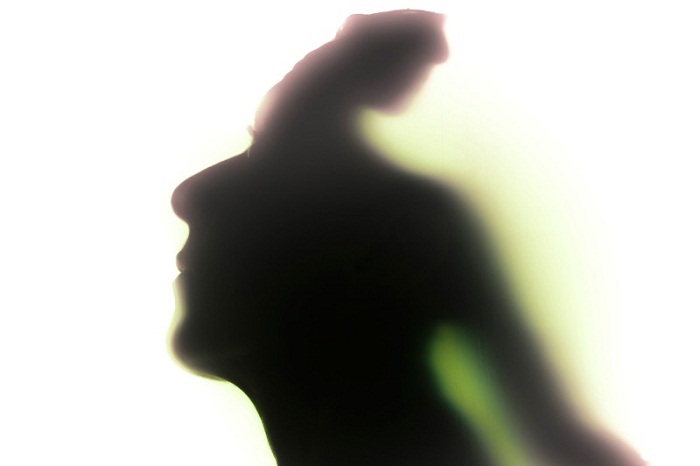However, attempts to treat other people in a similar way have failed. The problem lies with the crudeness of the technique. “Deep brain stimulation is done without much knowledge of how it actually alters the circuits in the brain,” says Lin.
The technique involves attaching electrodes to the brain and using them to stimulate the tissue beneath. Unfortunately, the electrodes can also stimulate unintended areas, which means it is hard to work out exactly what is happening in people’s brains.
Black box
“There are a lot of fibres and different cells in the thalamus and working out what was going on in the brain was very difficult,” says Lin. “So we wanted to figure it out.”
Lin and her team used a tool called optogenetics to stimulate specific groups of cells in the thalamus of mice. This meant inserting light responsive genes into cells so that they can be activated with light. This enabled the researchers to stimulate the brain in a similar way to deep brain stimulation while having complete control over what was going on.
They found that activating excitatory cells in the thalamus with a frequency of 10 hertz made the mice lose consciousness; stimulating them with 40 to 100 hertz woke them up again.
This was puzzling – how could stimulation of the same cells lead to such dramatic differences in arousal? To find out, the team used fMRI to look at what was happening elsewhere in the brain. They discovered that high frequency stimulation caused widespread activation of the cortex, which in turn, roused the mice. Low frequency stimulation damped down this activation, making the animals unconscious.
On/off switch
An area called the zona incerta, which connects the cortex and the thalamus, seemed to act as gatekeeper. The zona incerta contains inhibitory cells that suppress the cortex, but only when they receive stimulation from the thalamus at 10 hertz. Higher frequency stimulations deactivated the zona incerta, depressing the inhibitory cells and opening the way for activation of the cortex so the mouse could wake up.
Lin says that if the thalamus is not communicating with different parts of the brain, or is firing at the wrong frequency, then you would lose consciousness. “It’s pretty incredible, this one node has this active switching capability in how it turns on and off awareness,” she says.
Now that the team know which pathways need to be switched on and how to do it, they are planning on trying it on people with traumatic brain injuries.
Anil Seth, co-director of the Sackler Centre for Consciousness Science in Brighton, UK, says the work certainly has the potential to help design better treatments for people in a vegetative or minimally conscious state.
Unwise assumption
“This is a very important paper,” says Mohamad Koubeissi at the George Washington University School of Medicine and Health Sciences in Washington DC. Koubeissi recently switched off awareness in a woman undergoing treatment for epilepsy by stimulating her claustrum – an area of the brain that communicates with the thalamus. He says Lin’s team have done unique work and the results need to be considered by anyone doing brain stimulation. “Whatever therapeutic response we are trying to test, it is important to assess the response of activating that structure across many frequencies.”
Classical deep brain stimulation often uses high frequency stimulation because it works for certain conditions, he says. Researchers tend to extrapolate from that and tend to favour high frequencies over low frequencies when designing new treatments. “Now we know better.”
More about:
















































